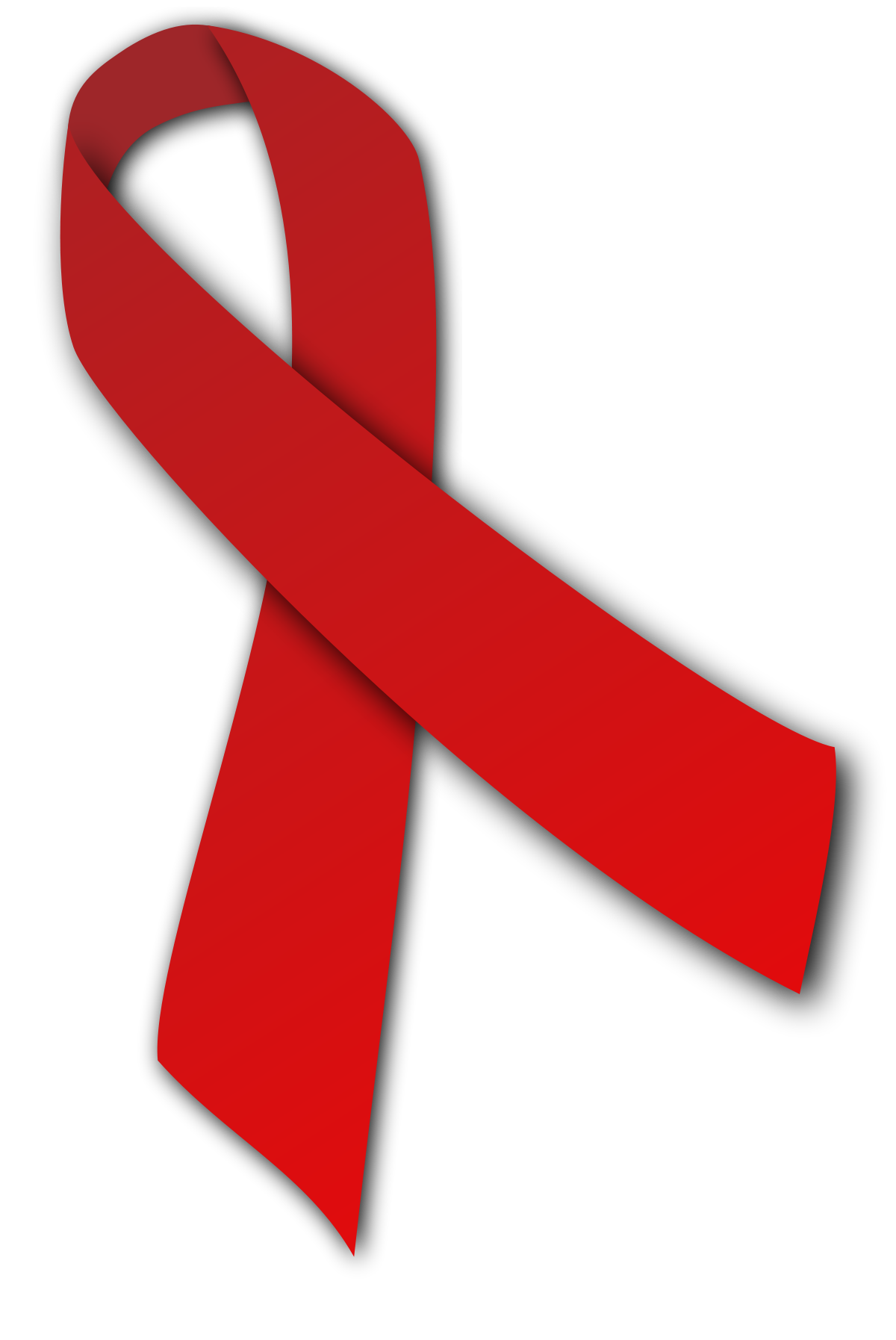A curious report appeared on June 5, 1981, in the CDC weekly public health digest: Across Los Angeles, five young grey men were diagnosed with an unusual lung infection known as Pneumocystis carinii pneumonia (PCP) two of them has died. Immunodeficiency syndrome (AIDS) was acquired for the 1st time the devastating advanced-stage HIV infection was reported in the US. This infection would go on to claim the lives of more than 32 million people globally.
Days after the initial reports were out in the newspaper, the CDC learned many more such cases in gay men. Not only those men had PCP, but they also had other secondary infections. A rare and aggressive cancer known as Kaposi’s sarcoma was seen in them. After about a month of the 1st report, the write-up in the CDC Morbidity and Mortality Weekly Report counted 26 gay men across California and New York with those diagnoses and the number that could increase more rapidly.
Saturday is the 40th anniversary of the nation’s 1st reported case of AIDS. Since then, more than 700,000 people in the US have died of the disease. The prognosis for HIV/AIDS patients has been changed by medical advancements, but today, there is no cure. The starting years of the AIDS epidemic were horrible. LGBTQ communities were losing loved ones and friends to the disease.
“Can you imagine what it must be like if you had lost 20 of your friends in the last 18 months?” Larry Kramer, famed AIDS activist and co-founder of the Gay Men’s Health Crisis, said in a 1983 interview with the “Today” show. “No cause, no cure, people in hospitals. It’s a very angry community.”
Little attention was paid by President Ronald Reagan’s administration, with four years going by before Reagan made a public mention of AIDS. Discussion between Reagan’s press secretary and reporter’s in 1982 and 1983 shows that the nation’s mainstream society and top officials took this disease as a joke and not a matter of concern.
As government entities and politicians proved slow to act, activists took matters into their own hands, doing what they could to combat stigma and homophobia and make sure their communities received the public health information they needed.




![Tyson Foods Plant [Photo: Food Manufacturing]](https://southarkansassun.com/wp-content/uploads/2023/08/iStock_1185520857__1_.5e441daa51cca-600x337.jpg)







![Silverado Senior Living Management Inc. [Photo: Los Angeles Times]](https://southarkansassun.com/wp-content/uploads/2023/10/download-6-4-600x337.jpg)

![China's Wuhan Institute of Virology [Photo: Nature]](https://southarkansassun.com/wp-content/uploads/2023/09/d41586-021-01529-3_19239608-600x337.jpg)
















